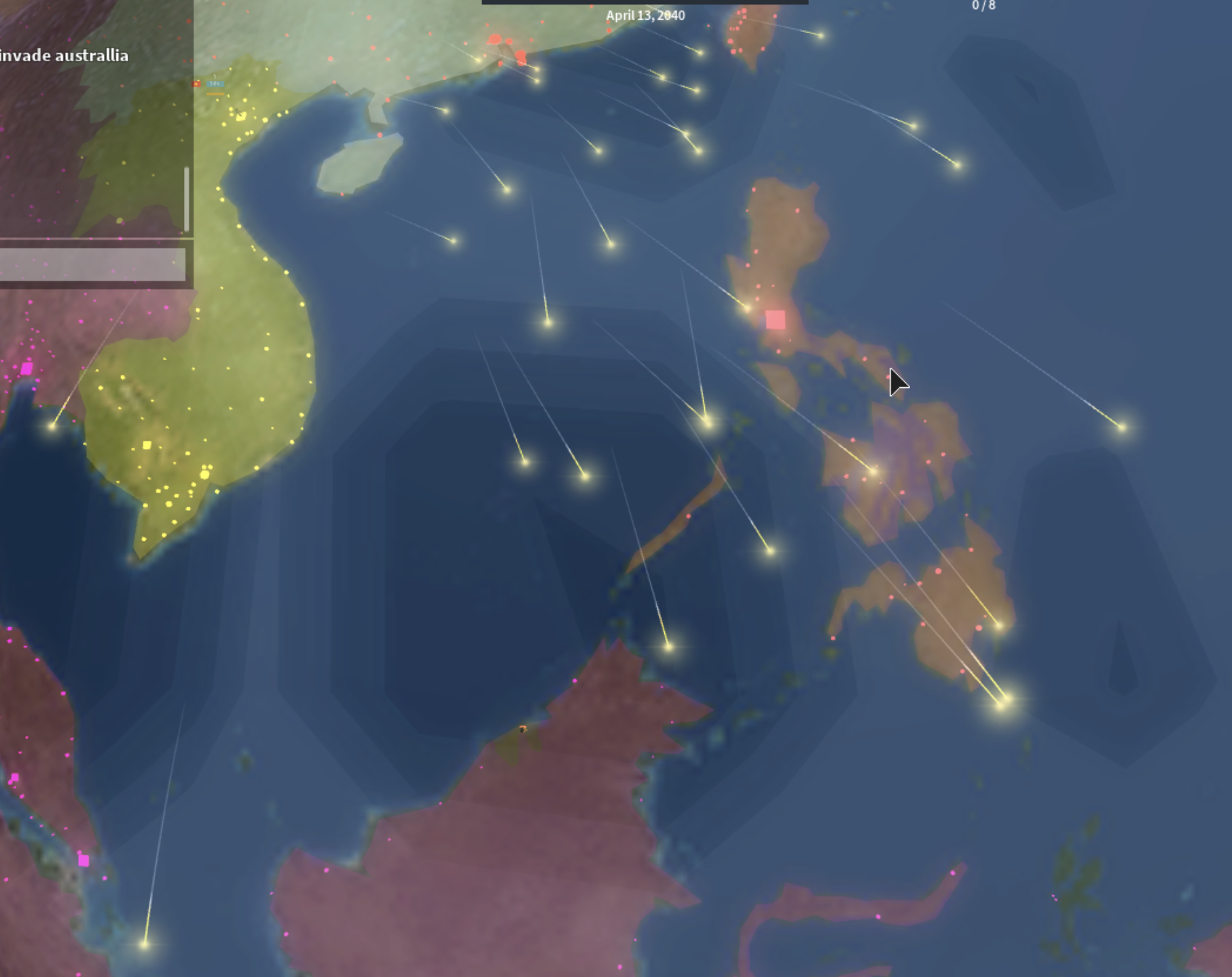

HAROLD HERING: I'm staying pretty active. So our main guy Harold, he's former military and he's 81 years old. ROBERT: And Latif Nasser takes it from here. But today on Radiolab, we are going to re-ask Harold's question, and this time. Certainly just the mere asking of it pretty much ruined the man's life. I use the middle initial 'L' for Louis in honor of my father. JAD: And a little while ago, our producer Latif Nasser brought us the story about a guy. I'm gonna write that down.ĬEDRIC: And they're on the line now, so you'll be able to talk to them. Published online at HERING: And so your name again is? This entry can be cited as: Max Roser and Mohamed Nagdy (2013) - "Nuclear Weapons". When citing this entry, please also cite the underlying data sources. Our articles and data visualizations rely on work from many different people and organizations. We will always indicate the original source of the data in our documentation, so you should always check the license of any such third-party data before use and redistribution.Īll of our charts can be embedded in any site. The data produced by third parties and made available by Our World in Data is subject to the license terms from the original third-party authors. You have the permission to use, distribute, and reproduce these in any medium, provided the source and authors are credited. The countries labeled in gray were believed to be exploring nuclear weapons in 2010.'Īll visualizations, data, and code produced by Our World in Data are completely open access under the Creative Commons BY license. Note from the source: ‘Country names marked with “-” represent the year in which a nuclear program in that country was stopped. The Better Angels of Our Nature: Why Violence Has Declined. The data source is the Johnston’s Archive of Nuclear Weapons.įigure 5-22: Pinker, Steven.

This map is available from Radical Cartography.

Israel is widely believed to possess nuclear weapons but maintains a policy of nuclear ambiguity.


 0 kommentar(er)
0 kommentar(er)
